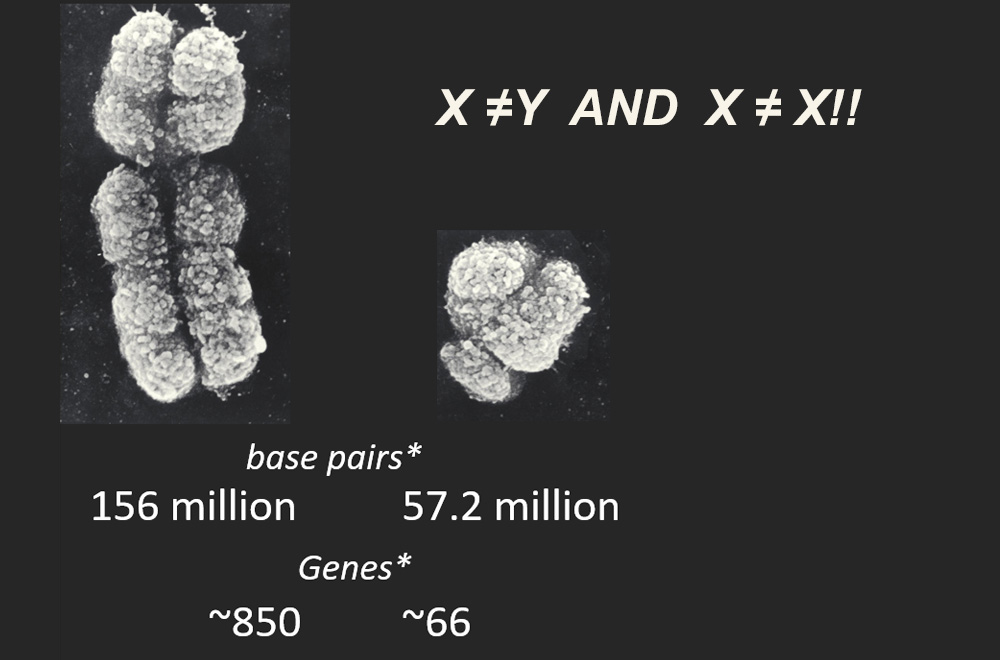The inspiration for the Center for Gynepathology Research (CGR) started with a simple question in 2007, to CGR Director Linda Griffith, from Susan Whitehead, a member of the MIT Corporation:
Can you explain how your work specifically benefits women?
Professor Griffith’s response:
Susan asked this question in the context of my accepting an invitation to participate in a panel at the 10th Annual Women in Science luncheon at the Museum of Science.
My immediate answer was: Why would I do that? I am not a “feminist”!
The question bothered me, in ways that made me reflect on “what does it mean, to do work that benefits women?”
I started an accounting of MIT work that had benefited me, specifically, as a woman. For example: Bob Metcalfe’s co-invention of the ethernet – I would not have been able to keep up my research during IVF if not for his contribution to women. (Robert “Bob” Metcalfe is an engineer and entrepreneur who helped pioneer the Internet, starting in 1970.) I wrote him and thanked him! I then decided to look for opportunities to solve at least one problem that keeps women from pursuing their dreams at work, home, or with friends—a cure for endometriosis!
The Chromosomes to Society project is set up to explore unconventional thinking about how XX- and XY- chromosome individuals are different biologically, and how these differences propagate out into societal differences.
Topics we will discuss, (through blogs, essays, and discussions, including guest essays) include:
- Sex dimorphism in immunology: Why do women a greater burden of autoimmune diseases than men? Why do men get the Man Flu?
- Women’s Pay Gap: Is a greater burden of illness, including gynecology diseases, a contributing factor?
- Advocacy: To March, or Not to March? Where is the balance between nose-to-the-grindstone in-the-trenches work on a problem, and advocacy?
- Women in Stem, the secret story from women who love, love, LOVE it!








